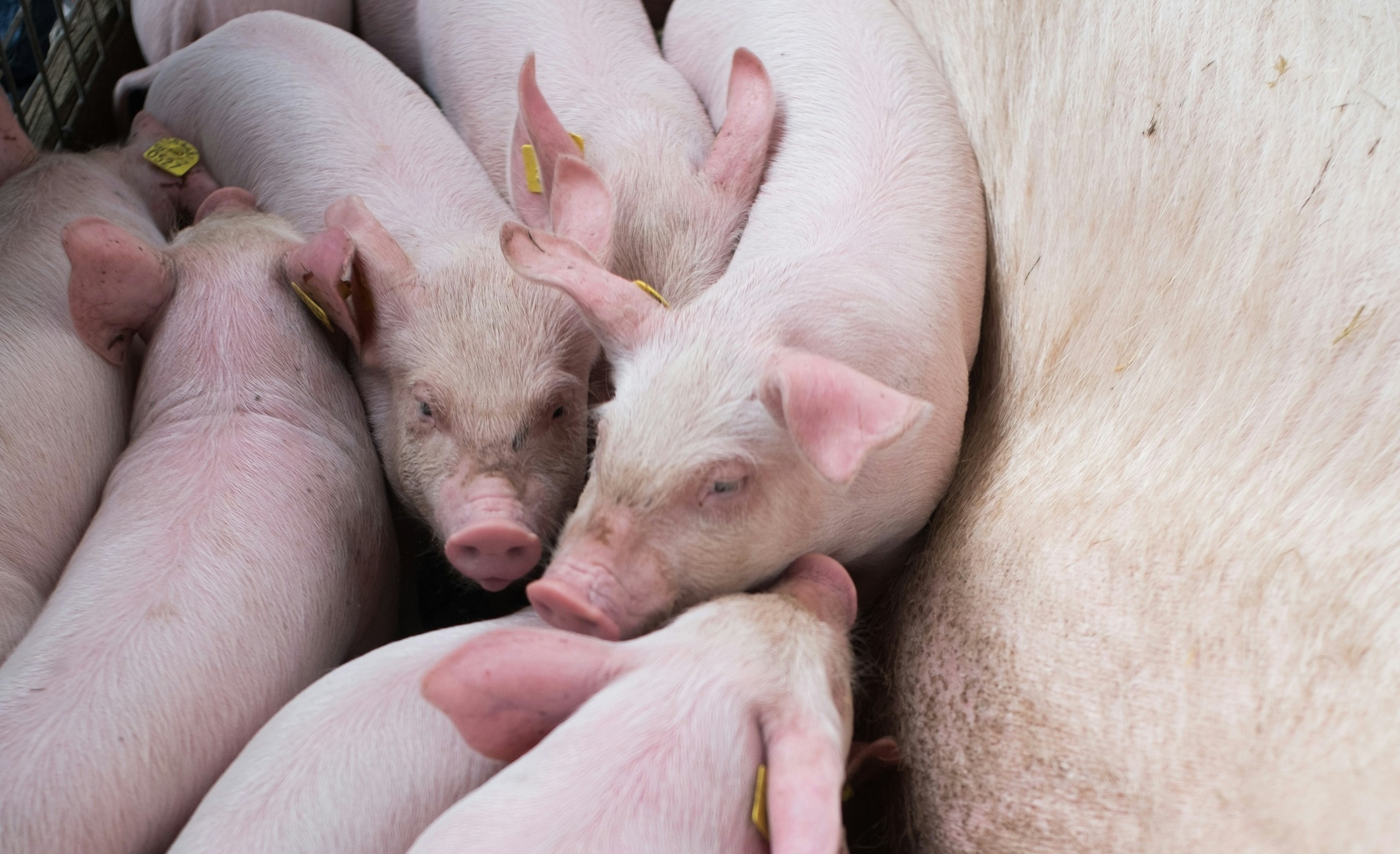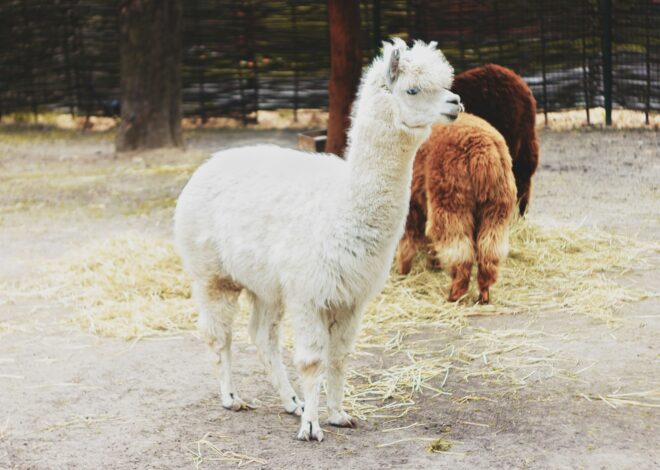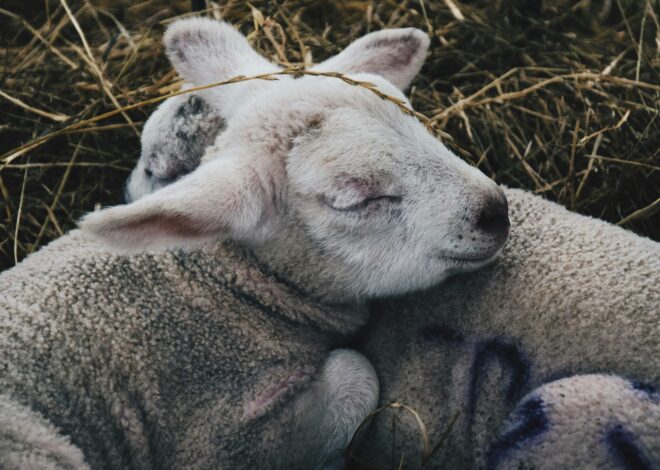
How To Raise Pigs
Learning how to raise pigs can be a rewarding and fulfilling venture. Whether you’re looking to add some livestock to your homestead or simply want to enjoy the benefits of fresh pork, pigs offer a unique experience for farmers both new and seasoned.
These intelligent creatures are not only delightful companions but also provide an excellent source of food and income. Imagine walking into your yard, greeted by the playful oinks and snuffles of curious piglets. The satisfaction that comes from raising animals sustainably is unparalleled.
As you embark on this journey, it’s essential to understand what it takes to care for these animals properly. From choosing the right breed suited for your farm’s needs to feeding them nutritious diets, there’s much more involved than just providing shelter.
Let’s dive into everything you need to know about how to raise pigs successfully!
Benefits of Raising Pigs
Raising pigs offers numerous advantages for farmers and homesteaders alike. One of the most significant benefits is their ability to convert waste into protein efficiently. Pigs are natural foragers, helping to clear land while providing you with delicious meat.
They also require relatively low maintenance compared to other livestock. With proper care, pigs can thrive in various environments and climates. Their adaptability makes them an attractive option for many farm setups. Additionally, pigs are highly intelligent animals that can form strong bonds with their caregivers.
This connection enhances the overall experience of raising them, making it fulfilling beyond just economic returns. Financially speaking, pork remains a staple in many diets globally; thus, raising your own pigs could lead to substantial savings on grocery bills while ensuring quality meat straight from your farm.
Choosing the Right Breed for Your Farm
Choosing the right breed of pig is crucial for your farming success. Different breeds have unique characteristics that can influence growth rates, temperament, and adaptability to various environments. Consider what you want to achieve: meat production, breeding stock, or even pets.
Breeds like Berkshire are known for their rich flavor and marbled meat, making them popular among gourmet chefs. On the other hand, if you’re looking for a hardy breed that thrives in diverse climates, consider the Duroc. This breed is not only resilient but also grows quickly.
Don’t overlook smaller breeds such as Kunekune if space is limited or if you’re interested in keeping pigs as companions. Each breed has its own requirements and benefits; understanding these will help you make an informed decision tailored to your farm’s goals and conditions.
Preparing Your Farm for Raising Pigs
Preparing your farm for raising pigs is an exciting venture that requires careful planning. Start by assessing your land to ensure there’s ample space for the pigs to roam and root around. Pigs are naturally curious and need room to explore.
Next, consider the fencing. Strong, secure fencing is essential since pigs can be quite clever at finding ways out of enclosures. Barbed wire or electric fences often work best. Water access is crucial too. Ensure a clean water supply that’s easily accessible throughout the day.
Pigs need hydration, especially during warmer months. Consider setting up designated areas for feeding and wallowing, as these activities play vital roles in their health and happiness. A sheltered area will keep them safe from harsh weather conditions.
Think about waste management strategies early on; good sanitation practices will help maintain a healthy environment for both you and your pigs.
Setting Up Suitable Housing for Pigs
When it comes to housing pigs, comfort and safety are key. Pigs need shelter from harsh weather, whether it’s scorching heat or freezing cold. A well-ventilated barn works wonders. Ensure there’s enough space for each pig to move around freely. Crowded conditions can lead to stress and health issues.
Bedding is essential too. Use straw or wood shavings to create a cozy environment. This helps absorb moisture and keeps the pigs clean. Don’t forget about drainage! Proper drainage prevents water accumulation and reduces disease risks.
Access to outdoor areas is vital as well. Pigs love rooting in dirt, so consider an enclosed pen where they can explore safely while enjoying fresh air. A thoughtful setup encourages natural behaviors and promotes overall wellbeing of your pigs.
Feeding and Nutrition for Pigs
Feeding pigs is crucial for their growth and overall health. A balanced diet ensures they thrive, gaining weight efficiently. Start with high-quality pig feed that meets their nutritional needs. Look for a mix of protein, vitamins, and minerals to support development. Popular options include corn, soybean meal, and oats.
Don’t forget about fresh water. Pigs need access to clean drinking water at all times; hydration plays a vital role in digestion. You can also supplement their diet with kitchen scraps or garden leftovers—but avoid anything toxic like chocolate or onions. These additions can enhance flavor and provide variety.
Regular feeding schedules help establish routine and encourage healthy eating habits. Monitor your pigs’ body condition regularly to adjust portions as needed for optimal growth rates.
Health and Care for Your Pigs
Maintaining the health of your pigs is vital for their growth and productivity. Regular veterinary check-ups are essential to catch any potential issues early. Vaccinations help prevent common diseases. A clean environment plays a key role in pig health. Ensure their living space is dry, well-ventilated, and free from waste buildup.
This reduces the risk of infections and promotes overall wellbeing. Diet also significantly impacts your pigs’ health. Provide balanced nutrition that meets their specific needs based on age and weight. Fresh water should always be available to keep them hydrated.
Observe your pigs daily for signs of illness or discomfort. Changes in behavior can indicate problems that need addressing quickly. Parasite control is another important aspect of care. Regular deworming treatments can help maintain a healthy herd while protecting against infestations that could hinder growth.
Training and Socializing Your Pigs
Training your pigs can be a rewarding experience. Start with basic commands, like “come” or “stay.” Use treats as motivation; pigs are food-driven animals. Socialization is equally crucial. Pigs are social creatures that thrive in groups. Introduce them to other farm animals gradually to avoid stress.
This approach fosters better behavior and reduces anxiety. Spend time interacting with them daily. Grooming sessions not only build trust but also help you check for any health issues. Positive reinforcement works wonders; always reward good behavior with praise or snacks.
Consider using playful activities to stimulate their minds. Simple games can enhance their intelligence while strengthening your bond. Remember, patience is key when training; each pig learns at its own pace. Engaging pigs from an early age lays the groundwork for a harmonious relationship on your farm, making everyday tasks much easier and more enjoyable.
Breeding and Reproduction of Pigs
Breeding pigs can be an exciting venture. It requires knowledge and careful planning. Selecting healthy breeding stock is crucial for a successful program. Sows generally reach maturity between six to eight months old. Boars become fertile at a similar age, but they should ideally wait until they’re older for optimal results.
Understanding the estrous cycle of sows is vital. This cycle lasts about 21 days, with heat periods lasting around two to three days. Timing insemination during this window increases pregnancy chances. Proper nutrition plays a significant role in reproductive health. A balanced diet will support both sow and piglet development during gestation and lactation periods.
After approximately 114 days of gestation, sows give birth to litters ranging from six to twelve piglets on average. Creating a calm environment helps ensure smoother deliveries and healthier offspring. Monitoring the growth of piglets post-birth is essential as well; it sets them up for future success on your farm.
Selling and Marketing Your Pigs
Selling your pigs can be both exciting and rewarding. Start by identifying your target market. Are you selling to local farmers, butchers, or direct to consumers? Knowing your audience helps tailor your approach. Utilize social media platforms for promotion.
Create engaging posts showcasing your pigs’ quality and unique attributes. High-quality photos can capture attention instantly. Consider attending local farmers’ markets or agricultural fairs. These venues allow you to interact with potential buyers face-to-face, building rapport and trust.
Don’t underestimate the power of word-of-mouth advertising. Encourage satisfied customers to share their experiences with friends and family. Ensure that all paperwork is in order if you’re selling registered breeds or need health certifications. This adds credibility and reassures buyers about the quality of what they are purchasing.
Common Challenges and Solutions in Raising Pigs
Raising pigs can be rewarding, but it comes with challenges. One major issue is the risk of disease. Pigs are susceptible to various illnesses that can spread quickly. Regular veterinary check-ups and vaccinations are vital for prevention. Another challenge is managing their dietary needs.
Pigs require a balanced diet rich in nutrients. If they don’t receive proper nutrition, it affects their growth and health. Researching pig feed options ensures your animals get what they need. Space management also poses difficulties. Pigs love to root around, which means they need ample space to roam without damaging your farm’s infrastructure.
Creating designated areas for them helps maintain order while keeping them happy. Aggressive behavior during breeding season can become problematic. Understanding their social dynamics allows you to manage this effectively, ensuring safety for both the pigs and handlers alike.
Conclusion: Raising Your Own Pigs
Raising your own pigs can be a fulfilling and rewarding endeavor. With a bit of preparation, knowledge, and dedication, you can enjoy the many benefits that come from pig farming. From providing fresh pork for your family to engaging in sustainable practices, the journey offers both nourishment and satisfaction.
The process begins with choosing the right breed tailored to your needs. Each breed has its own characteristics that affect growth rates, temperament, and meat quality. Preparing your farm is crucial as well—consider space requirements and environmental factors that will keep your pigs happy and healthy.
Creating suitable housing cannot be overlooked either. Pigs need shelter from extreme weather conditions while ensuring they have enough room to roam. Proper nutrition plays a vital role in their development; understanding what feeds best support their growth ensures optimal health. Regular health care is essential too.
Monitoring for signs of illness or distress helps maintain productivity on the farm. Training them early on fosters good behavior while socializing enhances their interaction with humans and other animals. If breeding becomes part of your plan, knowing about reproductive cycles allows you to manage offspring effectively.
Marketing any excess livestock or products adds another layer of opportunity for profit within this venture. Be prepared for challenges along the way; issues like disease outbreaks or dietary deficiencies may arise but are often manageable with proactive strategies and community resources at hand.
Embracing these elements will pave the way toward success in raising pigs while enriching both your life and those around you through responsible farming practices.



